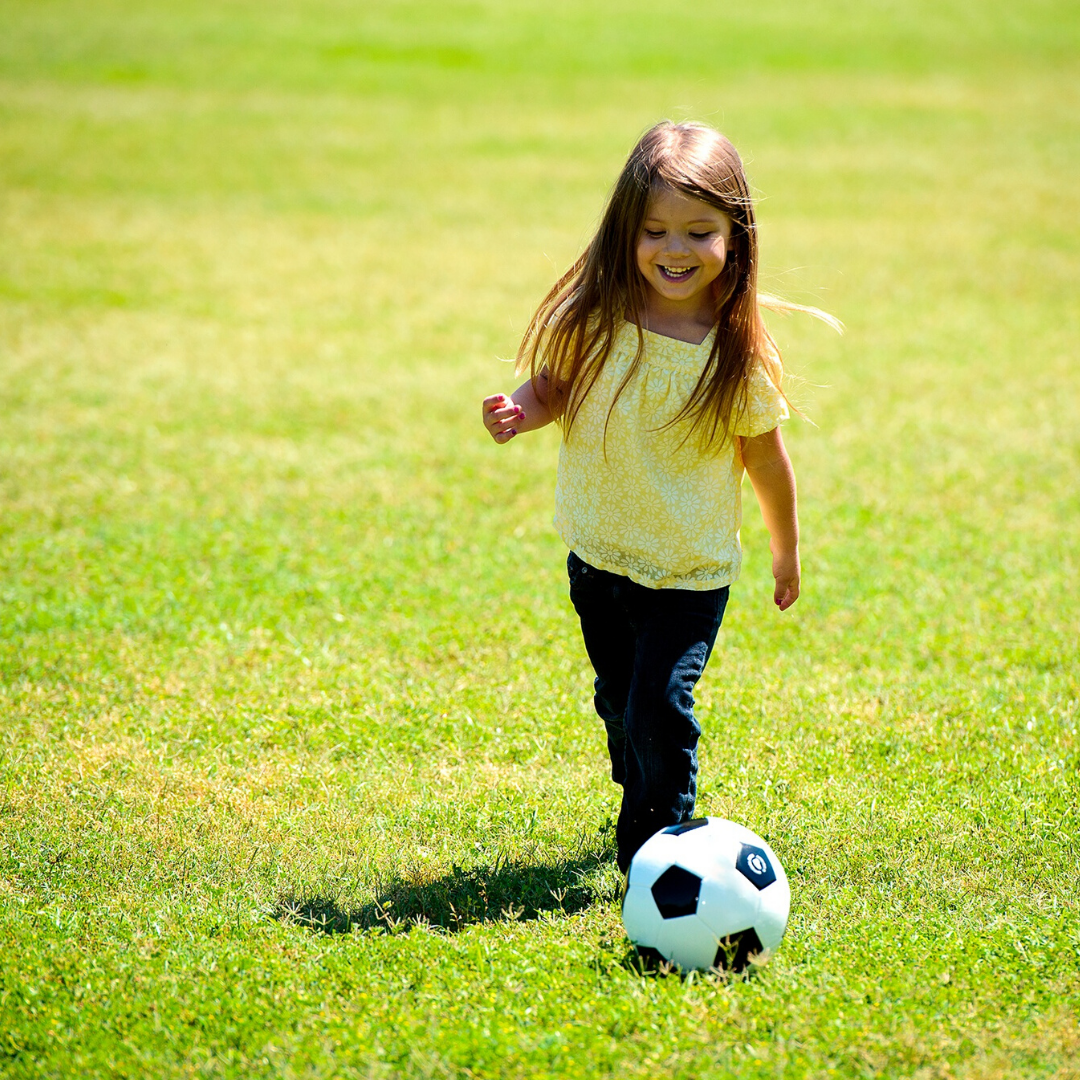Kids, Performance, and COVID-19
Kids, Performance, and COVID-19
Our Blog
Kids, Performance, and COVID-19


Kids And Sports Performance – What To Eat
We all want our kids to eat healthy while they are social distancing at home, but let’s face it: a lot can get in the way. Parents these days are busy and tired from managing multiple schedules, homeschooling, trying to work and so much more. In normal life, when we aren’t practicing social distancing, parents are driving to and from activities and trying to keep up with the demands of work and the home. It used to be easy to grab fast food or takeout, convenience snacks and let your kids go wild. Right now, as a mom, I can say I have relaxed with my kids some. Let’s say I have been in the “work from home with the kids SURVIVAL mode”.
And if this is you too, it’s okay to set the bar a little lower in order to get by. But when activities pick back up and you see your child reaching for the sports drinks and sugary snacks often provided at practices and events, maybe try to encourage them to steer clear of that stuff in a private conversation at home. As kids grow, and especially if they are very active, their appetites are seemingly never-ending! It can be hard for anyone to keep up. So that is why we want to have healthy, nutrient dense snacks around at all times, even during challenging times like we are currently facing.
In this article, I’m going to cover the basics of feeding your child for performance while they are home along with some helpful snack ideas to get you through this social distancing. All of these tips apply for when your child’s activities resume again (and they WILL eventually so hold on tight!).
What Do You Feed Your Kid For Performance?
Let’s break children’s nutrition down into the basics. The bottom line is that good nutrition will not only help with your athletes performance on the field, gym or dance floor, but also supports their growth, development and learning while studying at home right now.
Here are the important pieces:
- Focus on real food. We can’t always control everything that our kids eat (nor would we necessarily want to be that strict), but you can control more easily what food is available in your home. Real, or whole foods that have been minimally processed are going to provide the best nutrition for your kids, while helping to minimize all of the sugar found in processed items. This means:
- Protein – grass-fed beef, organic chicken, pastured eggs, wild fish, whole dairy products, nut butters, beans
- Starches – whole grains (buckwheat, quinoa, rice), beans, starchy vegetables (potatoes, sweet potatoes, squash),
- Fruits and veggies – whole fruit, vegetables (lettuce, carrots, peppers, zucchini, broccoli, etc.), starchy vegetables (peas, beets, sweet potatoes, etc.).
- Fats – avocados, nuts (almonds, pecans, cashews), seeds (sunflower seeds, chia seeds), olive oil, avocado oil, coconut oil, butter and ghee
- Use the 80/20 rule. 80% of the time you feed your kids meals and snacks from these categories and the other 20% of the time you allow for life, which includes fun foods and participating in food experiences outside of the home.
- Drink water. Water should be the main beverage to keep kids and athletes hydrated. Skip the fruit juice, sugary sports drinks and soda. If your kid needs some extra electrolytes because of high intensity activity, try an electrolyte powder such as Ultima or a bottle of coconut water.
- Make food together. Getting kids involved in the kitchen is a wonderful way to expand their palates and get them interested in food. Depending on ages and interest you might try having your kids:
- Plant a garden or later, when we aren’t social distancing, visit a farm to learn where their food comes from
- Help with writing a grocery list and later when conditions are appropriate, have them join you for grocery shopping. Have kids pick out a new produce item each week.
- Guide them while they pack their own “at home” school lunches. Yes! I want you to continue making lunches ahead of time. This will cut down on last minute decision making that often leads to junky options and it will save you time. Make a list of choices and they can pick one item from each category to build a complete meal: protein, starch, fat, vegetable/fruit, treat (optional).
- Assist with cooking and baking in the kitchen. Use cooking and baking as science, math, social studies or home – economics activities!
- Plan or cook dinner for the family 1 night per week. Design a restaurant experience together and have everyone get dressed up for a fancy night “in.”
- Take a kids cooking class online for now with them and then when times are appropriate consider signing your child up for a live cooking class.
- Cultivate body wisdom. Kids are remarkably good at tuning into their hunger cues as well as knowing when to stop eating (especially if they are eating primarily real food). If you notice kids melting down after sugary snacks or they have a harder time at school (or hoe school) when they skip breakfast, help them to see the connection between what they eat and how it makes them feel. This can be especially helpful for young athletes to see how nutrient-dense food can fuel their performance better than less nutritious choices.
Post Coronavirus Lockdown: What Do You Feed Your Kid When You’re On The Go?
Being prepared with healthy snacks (and meals) when you are on the go helps to prevent fast food dining, eating at concession stands and sugary sideline snacks. I’m not going to lie – it does take some planning!
Kids who exercise for less than an hour might not need an extra snack outside of their usual routine, but for those who exercise for an hour or more might benefit from an extra snack. Be sure to snack before exercise and then have a snack or meal afterwards. For those who are particularly active and expend a lot of energy, a 4th meal of the day might be necessary.
Snacks don’t replace the whole food meals that we discussed above. Those are the foundation of the day, but smaller meals or snacks can be a helpful addition to support both performance and growth.
Here is a list of simple, nutritious grab-and-go and easy prep snack ideas:
- Almond butter and jelly on whole grain or gluten-free bread
- Apple with nut butter
- Hummus with carrot sticks
- Celery sticks with cashew butter and raisins (ants on a log)
- String cheese and grapes
- Whole yogurt with berries and granola
- Homemade trail mix with walnuts, pumpkin seeds, dried cranberries and dark chocolate chips
- Hard-boiled egg and a piece of fruit
- Seed crackers and salami
- Guacamole and plantain chips
- Whole food bar such as Lara Bar or Kind Bar
- Half of a sandwich with turkey, lettuce and avocado oil mayo
- Date and seed balls, such as these Raw Cinnamon Sunflower Truffles
- Wholesome muffins or quick bread, such as this Paleo Morning Glory Quick Bread
- Smoothie, such as this Creamy Chocolate Avocado Smoothie
- Chia pudding, such as this Raspberry Chia Pudding Parfait
When you pack your child’s lunch (or better yet, when they pack their own!) also pack a snack or two, especially on days when they have sports practice or a game, dance class, gymnastics or another physical activity. It can also be helpful to do some meal planning and prep on the weekend so weeknight dinners can happen earlier in order to quickly replenish nutrients. And during this coronavirus pandemic, I strongly encourage you to not lose sight of the big picture. Control what you can control, let go of what you can’t. Food is largely in your control – you decide the what, when, where and how much. So if anxiety is rising right now, know that you can certainly take back your health, boost your immune system and lift your mood by talking about yummy food, planning and preparing it and of course, eating it together as a family.
With a little bit of knowledge, planning and attention, your child can be well fueled for both mind and body.

